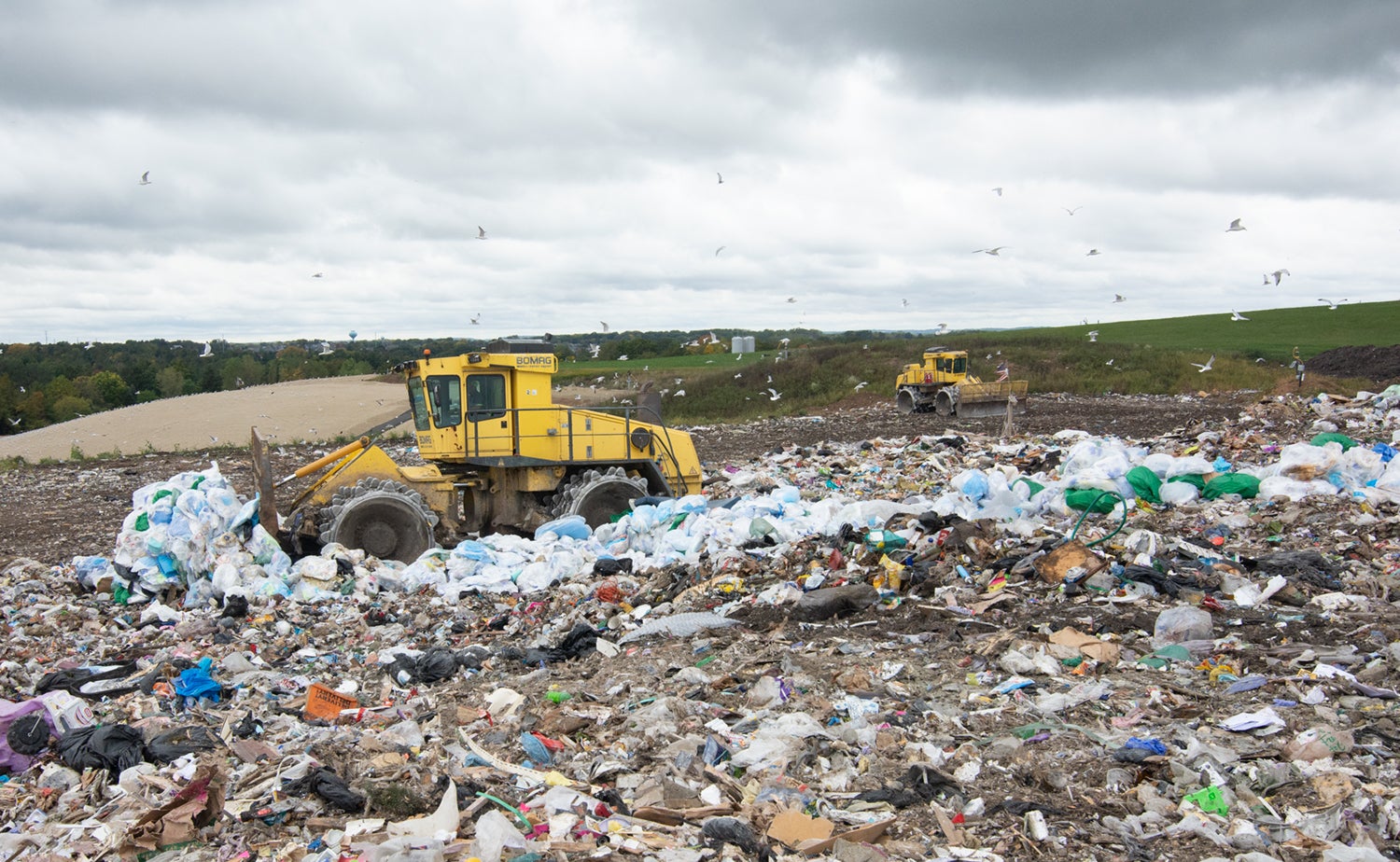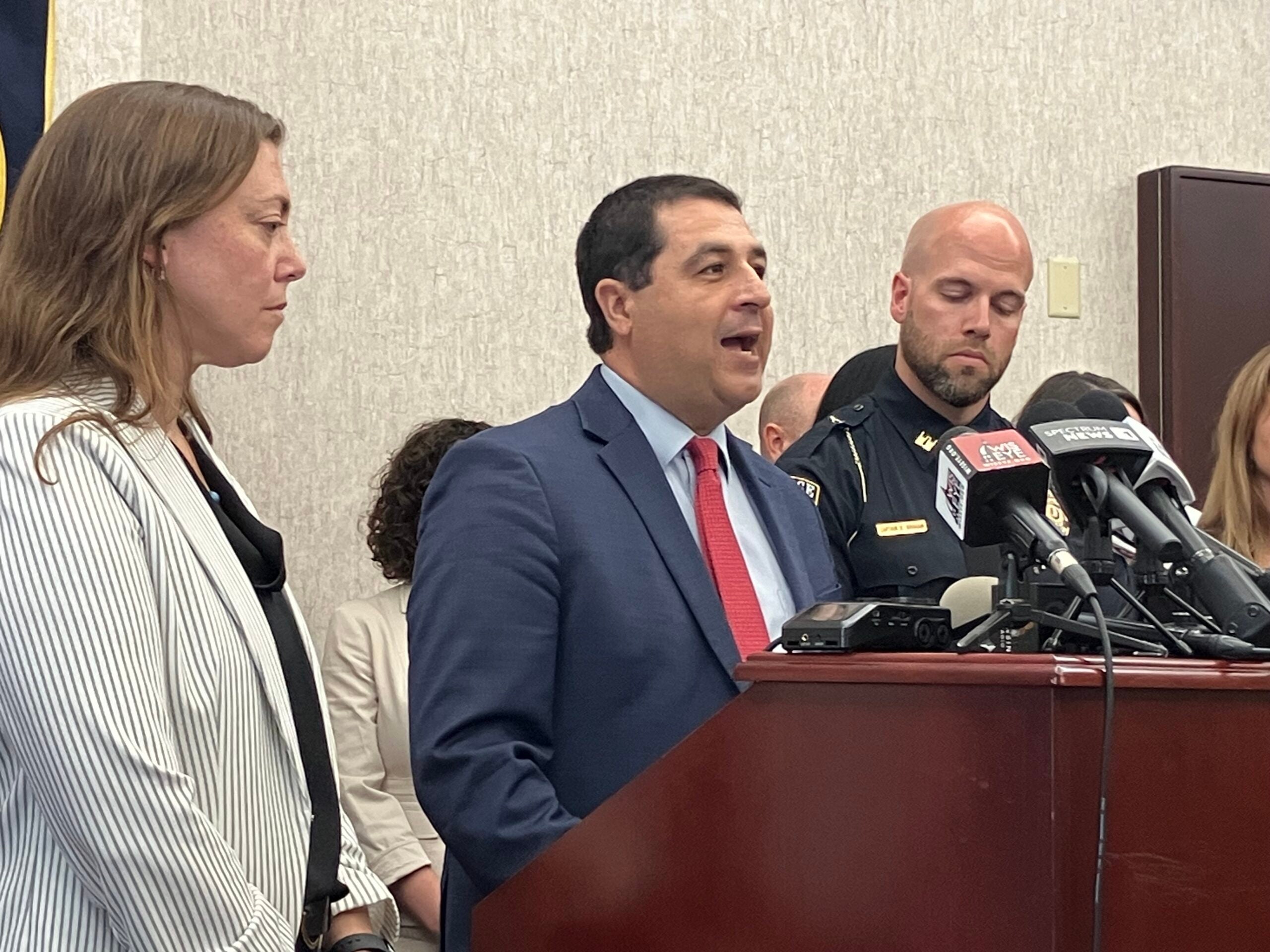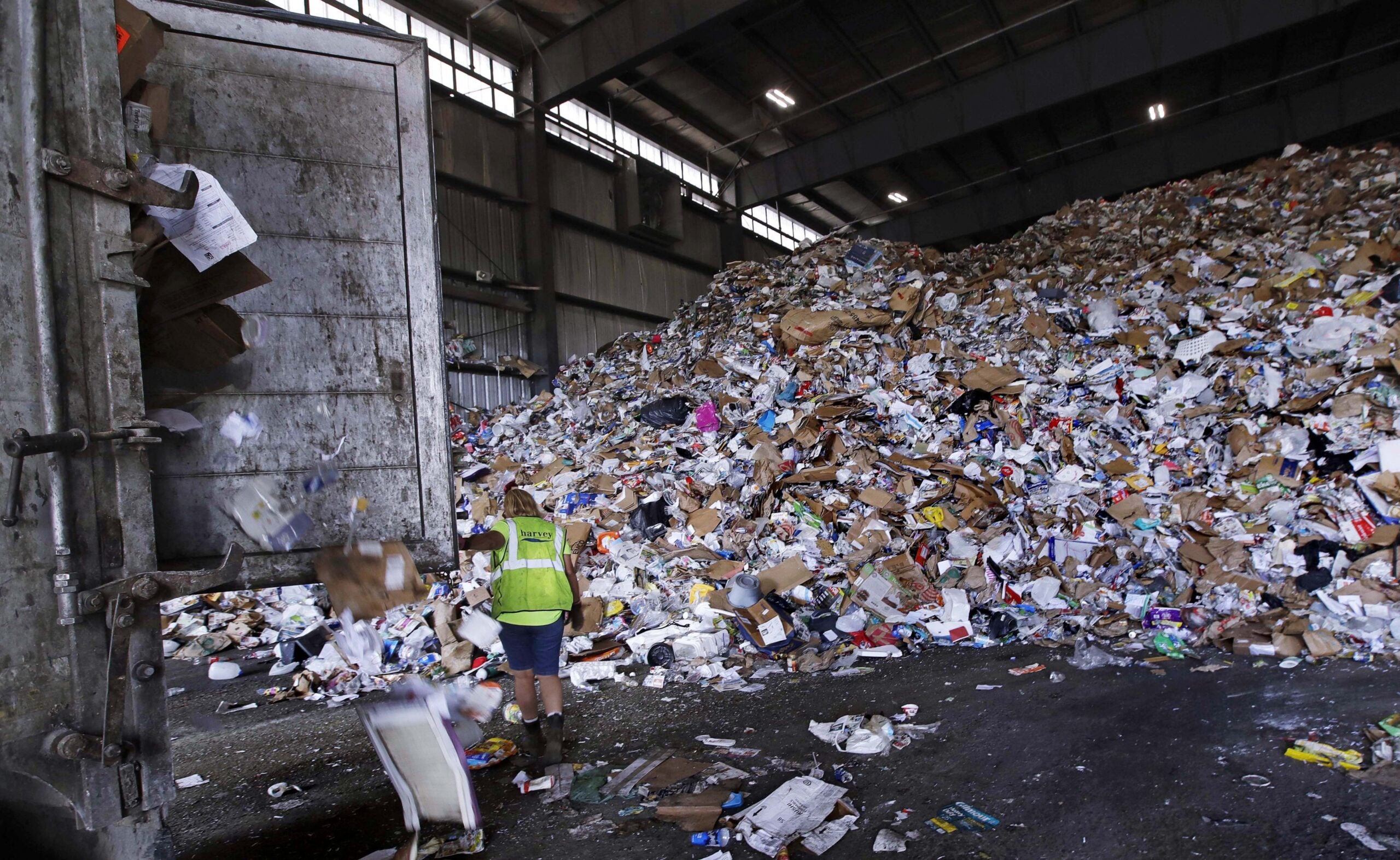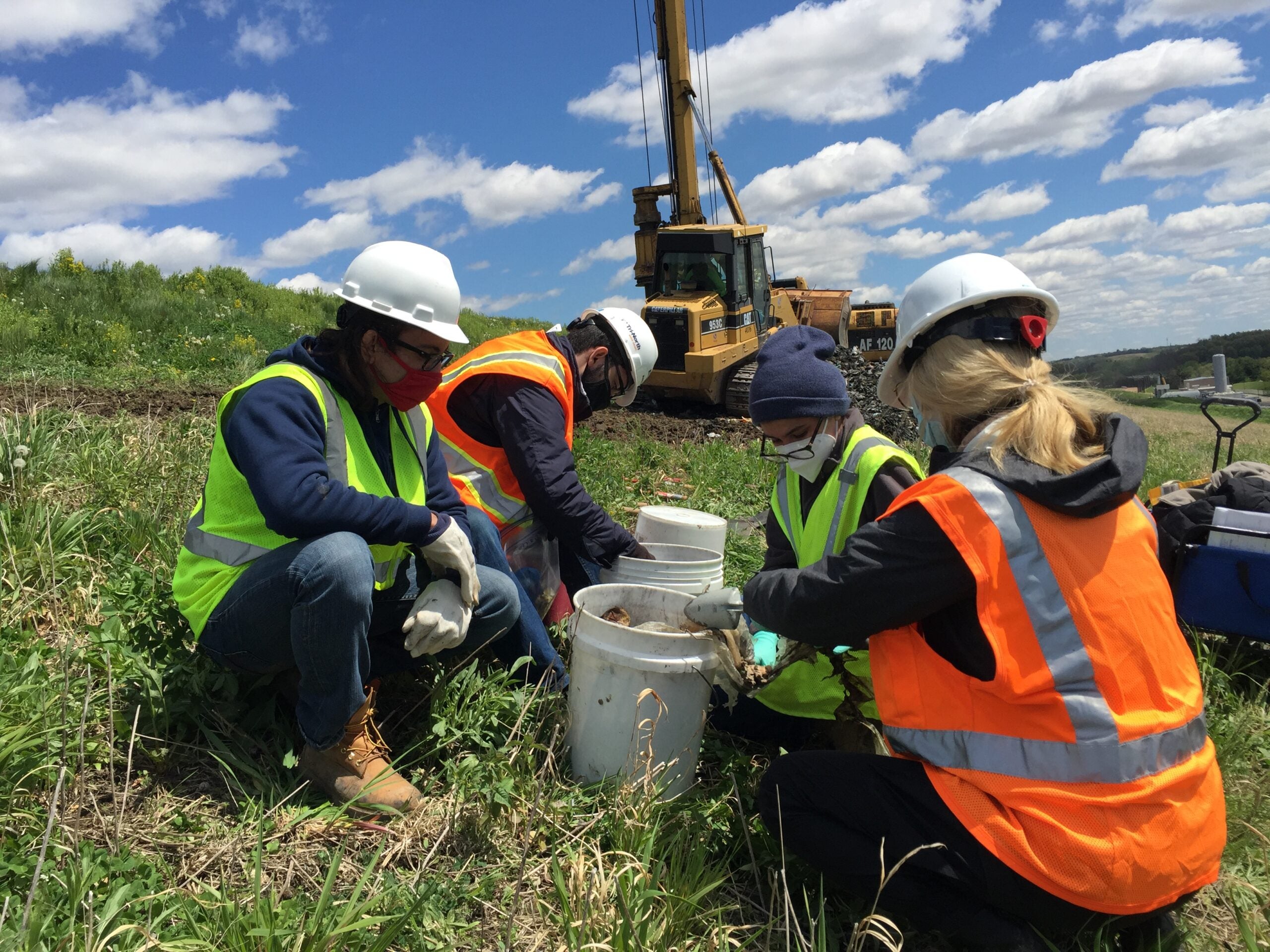The amount of trash heading to Wisconsin landfills fell by nearly 25 percent between 2007 and 2021, driven largely by a sharp increase in fees and reduced consumption during the Great Recession.
A “Talking Trash” report from the Wisconsin Policy Forum shows the annual amount of garbage being dumped in Wisconsin landfills fell from nearly 11 million tons in 2007 to 8.2 million tons in 2021.
Much of the decline was due to less waste being shipped in from other states. In 2007, nearly two million tons of out-of-state trash came to Wisconsin landfills. By 2021, that volume had fallen to 315,000 tons.
News with a little more humanity
WPR’s “Wisconsin Today” newsletter keeps you connected to the state you love without feeling overwhelmed. No paywall. No agenda. No corporate filter.
The report points to steep increases in what are known as tipping fees as a cause for the reductions, particularly with regard to garbage imports from other states. In the 2007-09 state budget, Wisconsin lawmakers more than doubled the fee on most non-industrial trash from $5.90 per ton to around $13 per ton.
“Because of that big tipping fee increase, it was much more expensive to bring trash into the state,” said Policy Forum researcher Tyler Byrnes. “And so they started not shipping it across the border.”
The Policy Forum found Wisconsin generates an average of $75.5 million per year through the state tipping fee, which is sent to the state’s environmental fund for offsetting the cost of municipal recycling programs along with grants for farmers, remediation of contaminated sites and replacements of wells impacted by groundwater pollution.
Burnes said many may see less trash going into the ground as a good thing, but it has financial implications.
“We’re not getting as much revenue as we otherwise would have had we continued along at the, you know, 11 million tons,” Byrnes said. “So, that provides less money for things like, you know, we fund recycling programs out of this, we fund groundwater programs out of this fund.”
Wisconsin’s withering waste deposits into state landfills wasn’t only due to fee increases, according to the report. State residents and industry threw out less garbage during the 14-year period, most notably during the Great Recession.
The amount of construction and demolition waste heading to landfills bottomed out in 2013 at around 309,000 tons following the collapse of the U.S. housing market. As the market recovered, those deposits rebounded and hit 434,000 tons in 2020.
The amount of industrial waste going to the state’s landfills was cut by half from around 2.6 million tons in 2007 to 1.3 million tons in 2021. The Policy Forum says this is likely due to decreases in some types of production since the recession, along with sustainability and cost-saving efforts to find new uses for waste products.
Overall, local governments in Wisconsin spend around $450 million a year on trash and recycling, which works out to around 7 percent of their total spending.
“Wisconsinites are generating and receiving less trash, and that has significant benefits,” said the report. “However, this trend may result in diminishing or at least relatively stagnant revenues for the state environmental fund over time.”
Wisconsin Public Radio, © Copyright 2026, Board of Regents of the University of Wisconsin System and Wisconsin Educational Communications Board.





